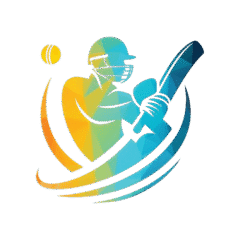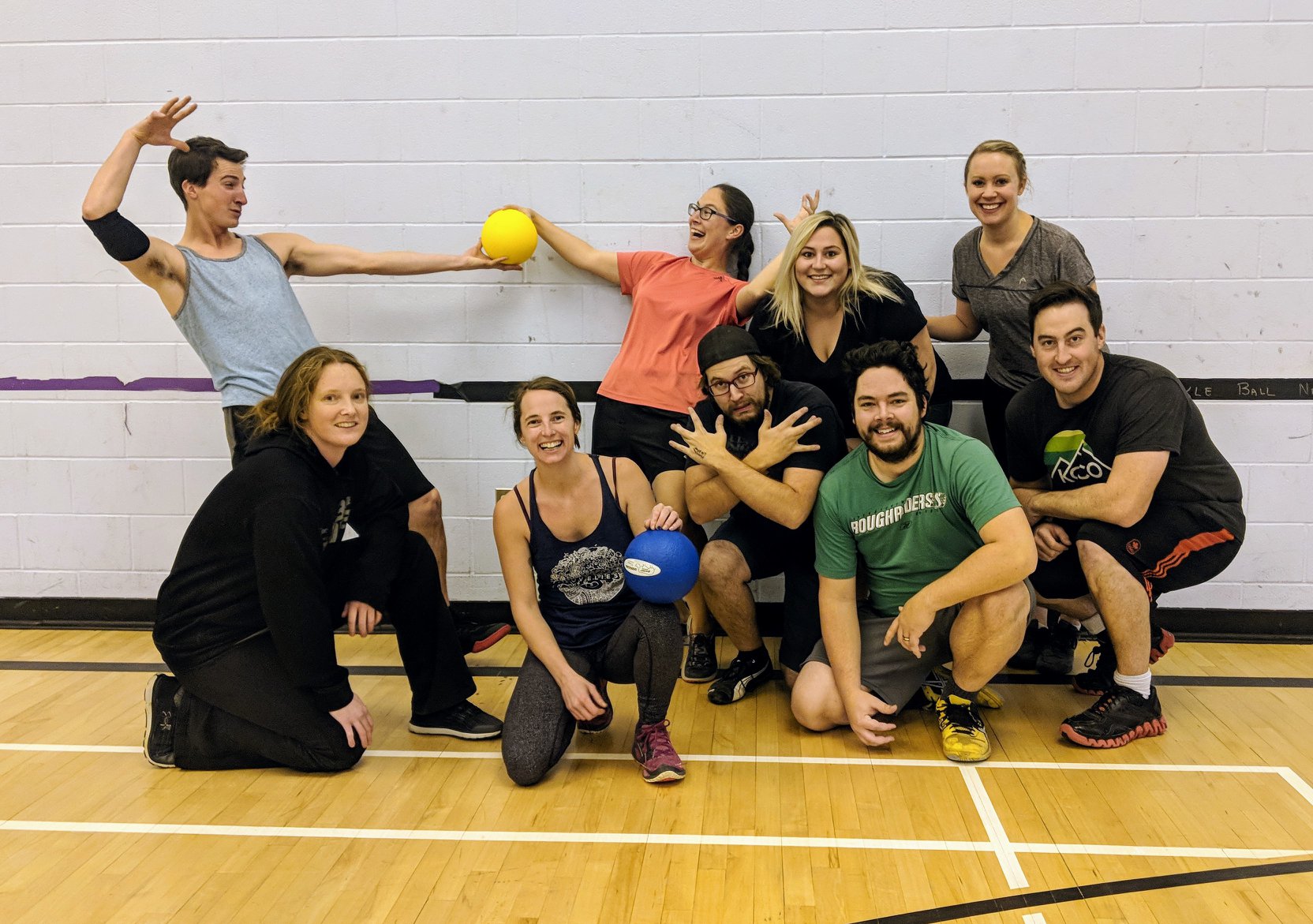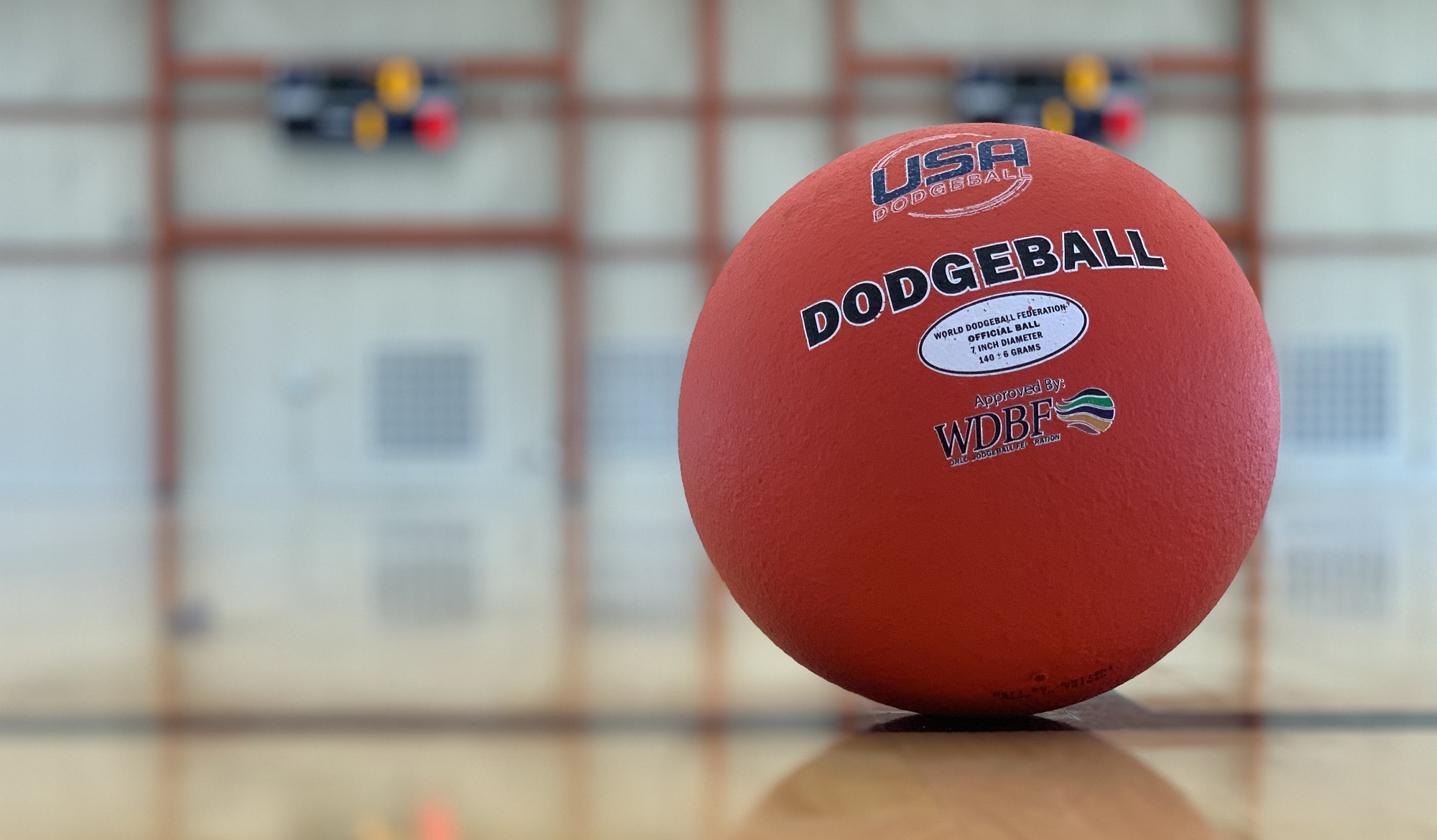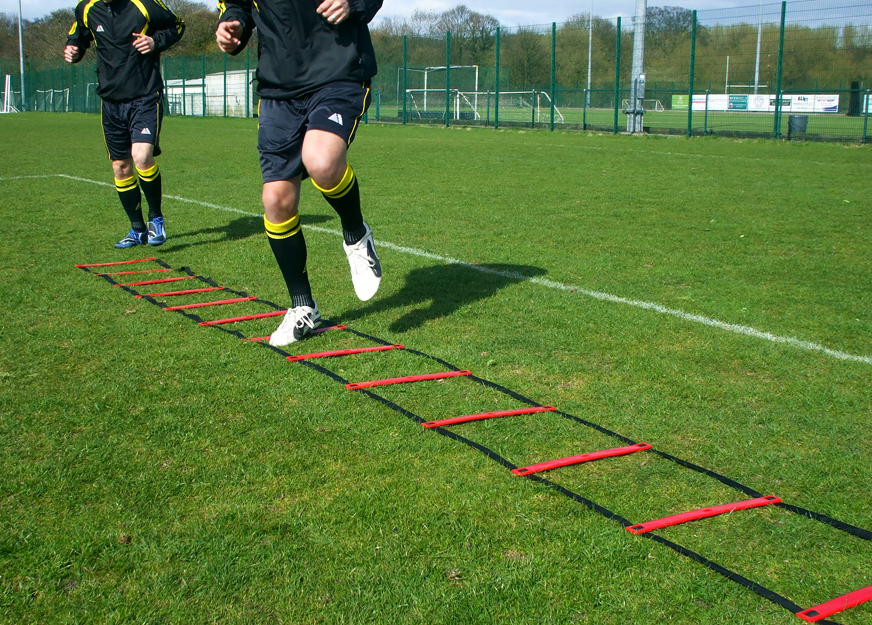
Mastering Soccer Footwork with Agility Ladder Drills
One of the most important skills any soccer player can develop is the ability to control the ball quickly and consistently. Once you’ve got the ball under control, you can either keep it close at your feet or make a sharp, accurate pass.
To reach this level, you’ll need quick footwork, strong coordination, and top-notch agility so you can move into position—or change direction—at a moment’s notice. Training these areas regularly will steadily boost your performance week after week.
A simple but powerful way to improve your speed, footwork, and agility is by adding an agility ladder to your training. It’s fun, effective, and it’ll make a noticeable difference in your game.
Let’s first look at why footwork matters so much, the benefits of using an agility ladder, and then dive into 10 awesome drills to add to your routine.
Why Footwork and Agility Matter

Using an agility ladder helps improve a lot more than just speed and stamina. You’ll also boost your:
- Coordination: Move more smoothly and in sync.
- Balance: Stay upright and in control, even under pressure.
- Agility: Change direction quickly and efficiently.
- Quickness: React faster and get to the ball first.
All these small improvements work together to make a big difference on the field. Better footwork = better control, quicker turns, smarter plays, and faster recovery. And if you don’t have an agility ladder, no worries! Just use cones or even do the drills without any equipment.
10 Must-Try Agility Ladder Drills for Soccer Players

These drills start off easy and get harder as you go. Some focus on speed, others on balance or quick direction changes. Start slow to get your form right, then gradually build up speed.
Tips Before You Start:
- Stay light on your feet.
- Pump your arms to stay in rhythm.
- Keep your head up and body relaxed.
1. One Step

The simplest way to warm up. Step one foot into each rung as you move forward. Don’t lift your feet too high—just focus on stepping cleanly inside each square. Once you’re comfortable, pick up the pace.
2. Two Step

Same as One Step, but now place both feet inside each rung before moving to the next one. Time your arms with your legs: right foot forward means left arm forward. Be light and explosive on your toes.
3. Side Steps

This drill works laterally. Face sideways to the ladder and step both feet into each rung before moving sideways to the next one. Switch directions to work both sides of your body evenly.
4. One Foot Hop

Hop forward with one foot, placing it inside each rung. On the way back, switch to the other foot. This drill works your balance and lower body strength. You can also try sideways hops or hop with both feet together.
5. Jumping Jacks
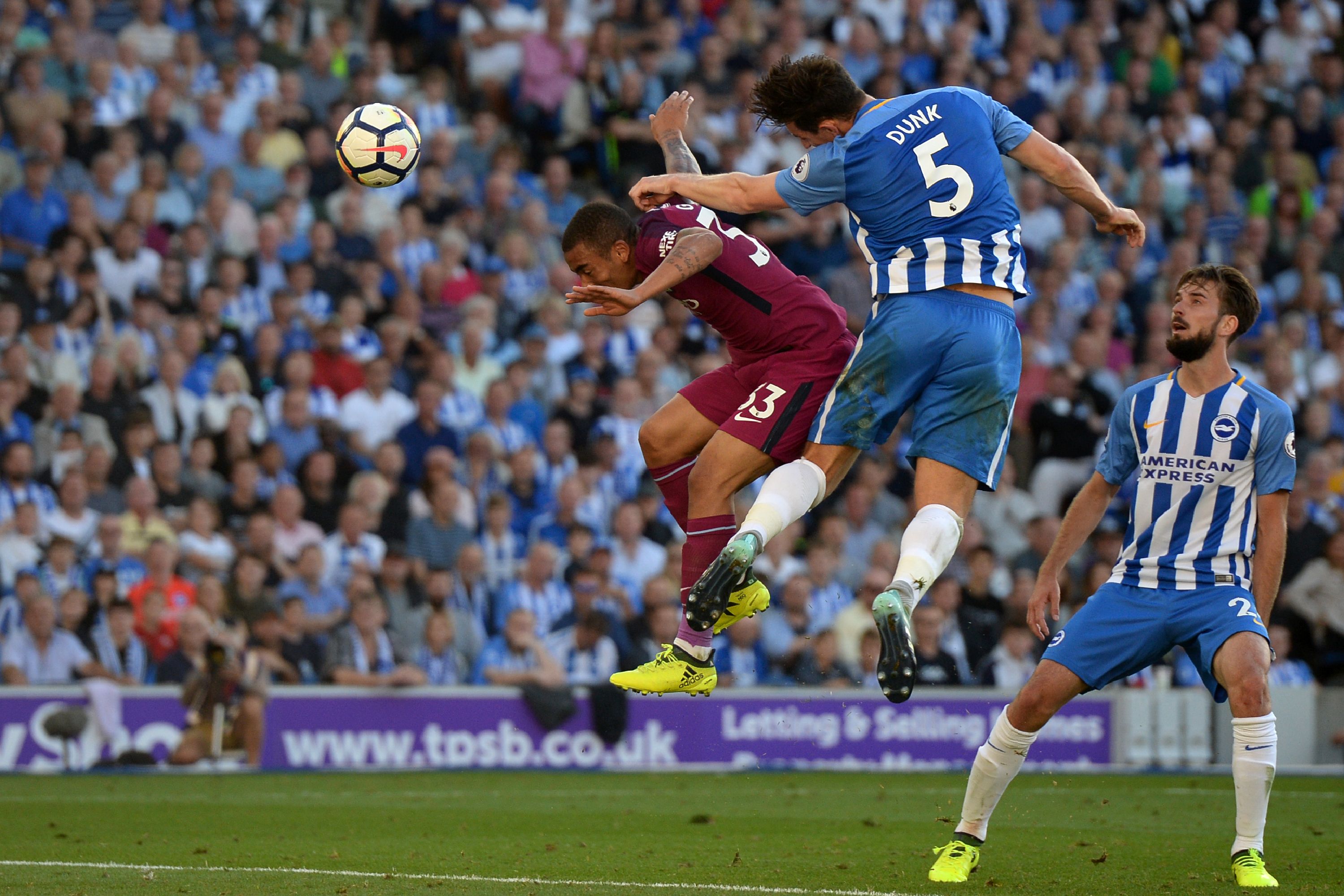
Start with both feet inside the rung, then jump so both land outside the next one. Alternate in-out-in-out through the ladder. Add arm movement like regular jumping jacks for extra coordination work.
6. The Icky Shuffle

This one’s all about rhythm and coordination. Start beside the ladder. Step into the first rung with your lead foot, bring in the trailing foot, then step out to the side with the lead foot again. Move diagonally forward with each shuffle. Go slow at first, then increase speed as you get the hang of it.
7. Backwards Icky Shuffle

Exactly like the Icky Shuffle, but in reverse. This is a great drill for defenders who often have to backpedal during games. Work through it slowly to master the pattern.
8. Single Leg Shuffle
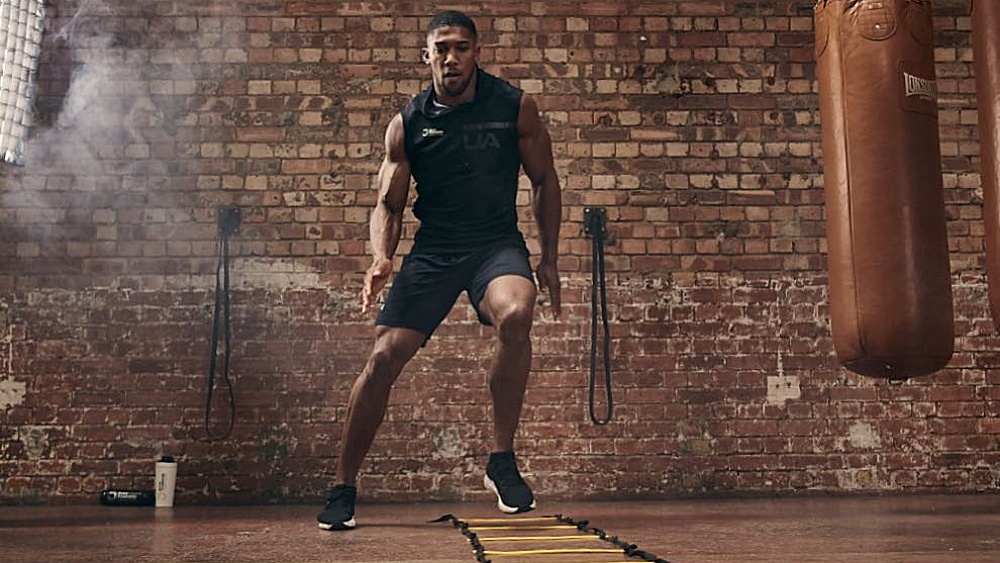
Stand beside the ladder. One foot stays outside, the other taps inside the rung and back out, moving forward rung by rung. Your outside leg stays in a straight line. After completing the ladder, switch legs.
9. Lateral In and Out

Face the ladder sideways. Step both feet in, then both feet out to the side, and move up to the next rung. This helps with quick lateral footwork. Focus on speed and precision.
10. Crossover
Face sideways to the ladder. Step one foot into the first rung, then cross the other foot over in front to step into the next one. Repeat while advancing down the ladder. Great for developing balance and coordination.
Frequently Asked Questions (FAQs)
Q: How often should I do agility ladder drills?
A: Aim for 2–3 times per week. Focus on proper form before increasing speed or volume.
Q: Can I do these drills without an actual ladder?
A: Yes! You can use cones, chalk, tape, or even just go through the motions on flat ground.
Q: Are ladder drills just for speed?
A: Not at all. They also improve coordination, balance, foot control, and agility—key skills for soccer.
Q: What if I’m a beginner?
A: Start with basic drills like One Step and Two Step. Go slow and steady until you’re confident.
Q: How can I make drills more challenging?
A: Add a ball, include sprints, or combine footwork drills with skill moves like turns, feints, or dribbling patterns.
Q: What age groups can benefit from ladder drills?
A: All ages! Just adjust the intensity and complexity based on the player’s level.
Conclusion
Improving your footwork, balance, and agility can completely transform your game—and agility ladder drills are one of the most effective tools to make that happen. Whether you’re a beginner learning the basics or an advanced player looking to gain an edge, these drills will help you get quicker, sharper, and more confident on the field.
The key is consistency. Stick with the training, push yourself a little more each session, and don’t be afraid to mix things up with new challenges. Remember, it’s the small improvements—better steps, faster reactions, cleaner turns—that make a big difference during a match.
So lace up, grab a ladder (or make one), and start building the kind of footwork that turns heads on the pitch. Let your feet do the talking! ⚽🔥
